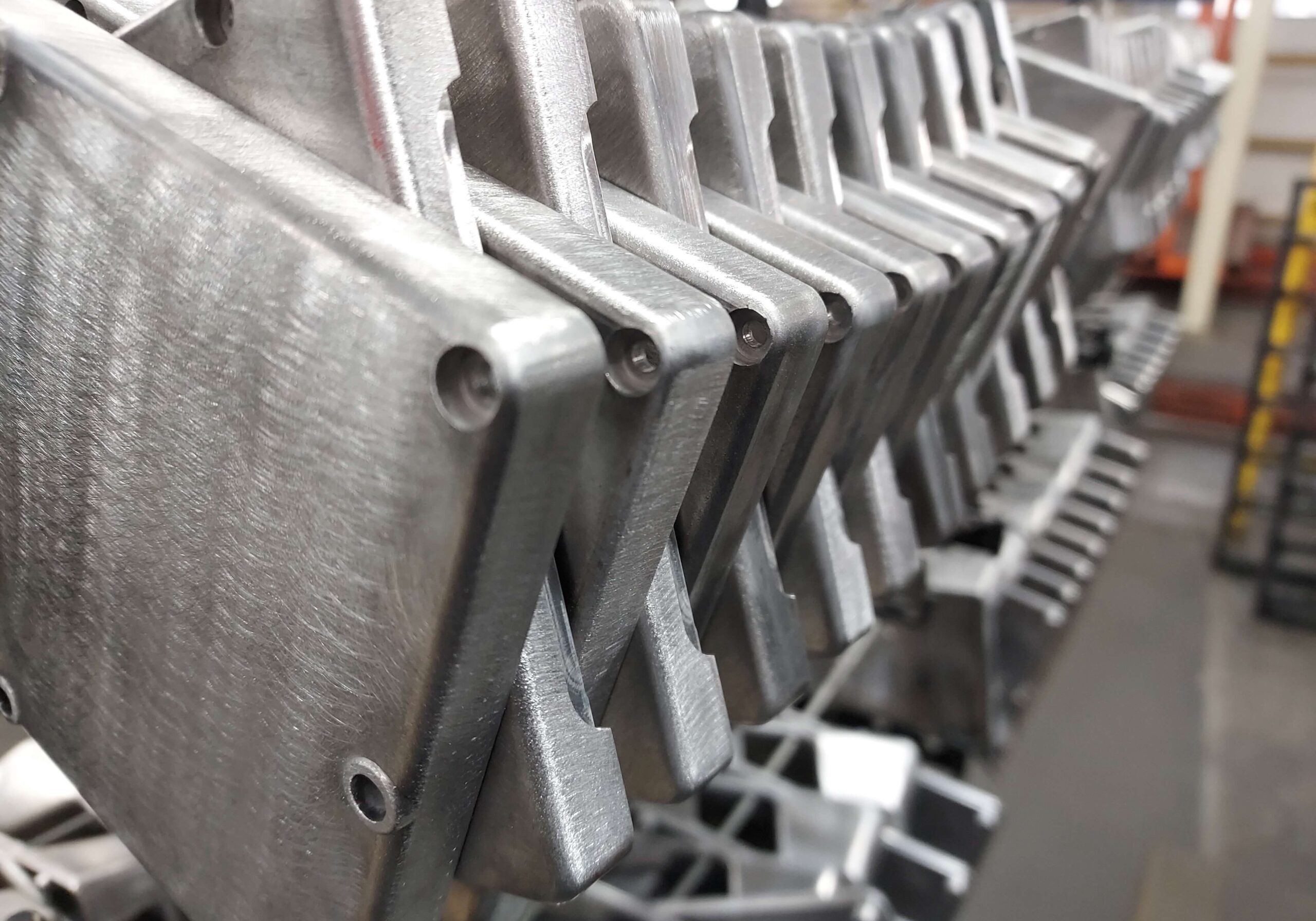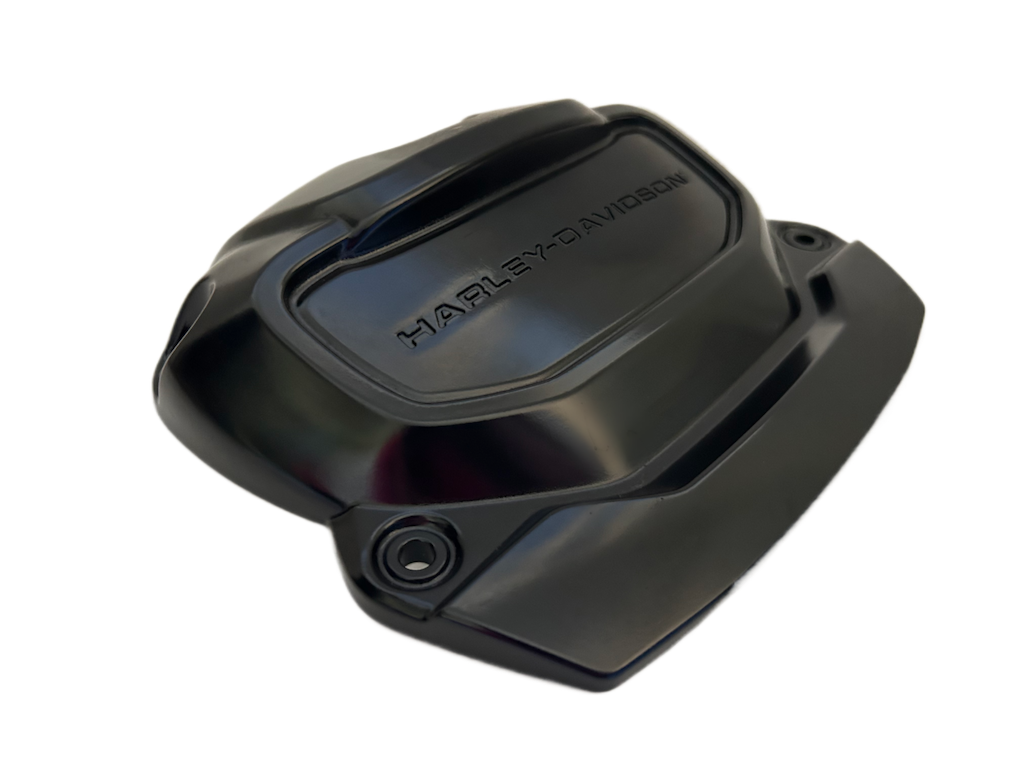
Epoxy Gloss Black

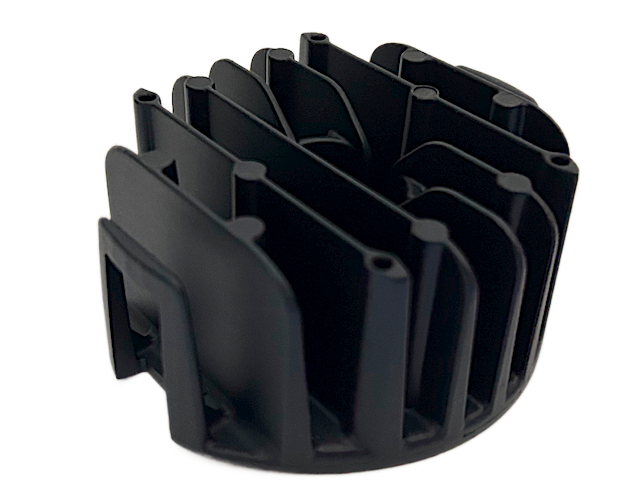
Polyurethane Matte Black
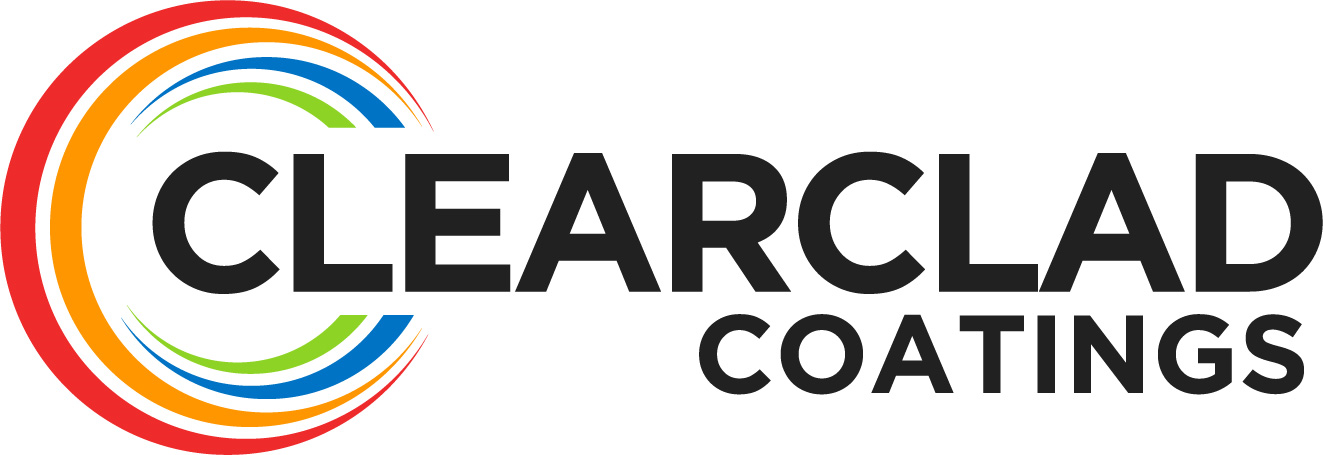
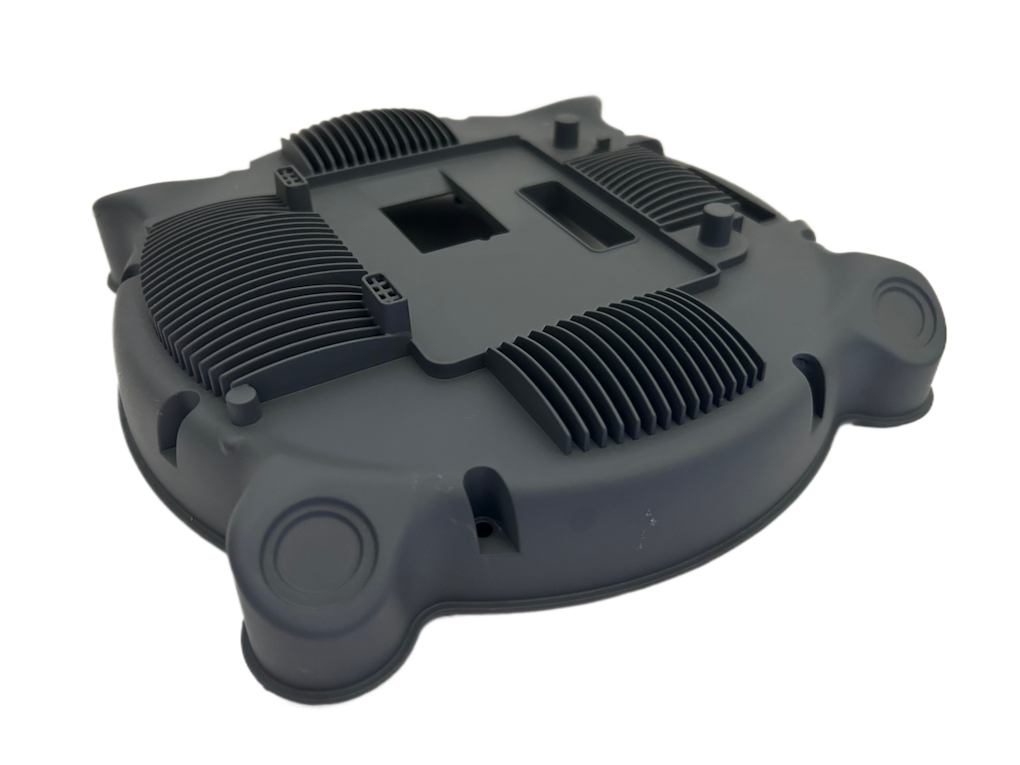
Polyurethane Matte Grey

We offer Gloss Black, Matte Black and Matte Grey Ecoat on our automated line. Please find coating specific links and our FAQ below.
Polyurethane E-coat
UV STABLE - LOW GLOSS -HIGH EMISSIVITY
Polyurethane E-coat from Clearclad – LVH offers unique advantages of UV stability, low gloss finishes, high emissivity ratings and excellent chemical resistance.
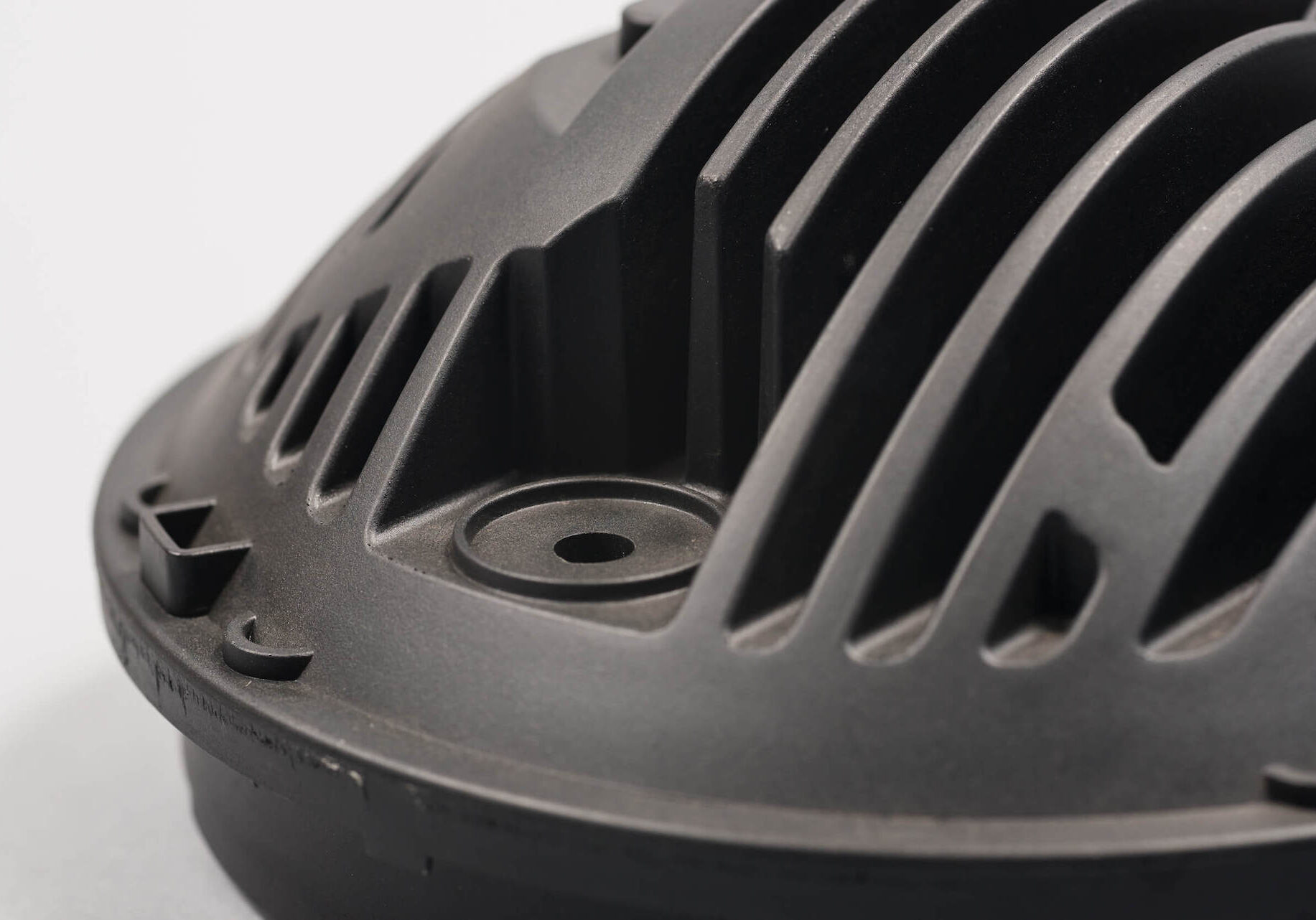
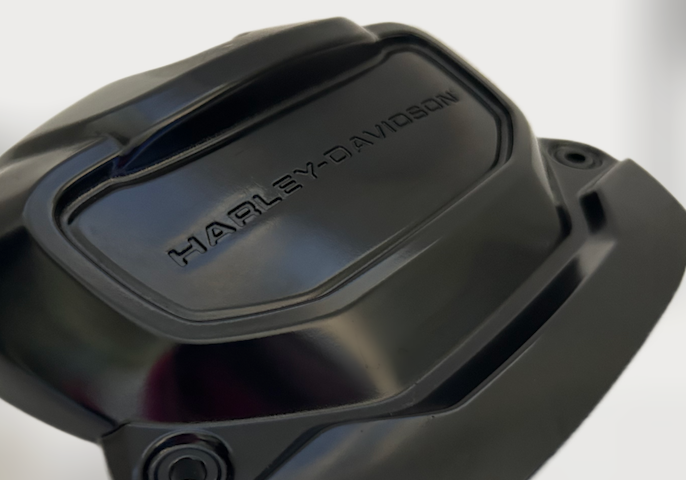
Epoxy E-coat
GLOSS BLACK - DURABLE - HIGH QUALITY
Epoxy E-coat from PPG is a tried and true industry standard coating with excellent durability and economy for parts that need to meet tough standards but won’t face the sun.
Conversion Coating
CHEMFILM - TCP - ZIRCONIUM
Conversion coatings form the first line of chemical defense against environmental attack. We have multiple solutions online including Henkel Alodine that we provide with or without ecoat top coats.
